The Nazca Mummies
The Nazca mummies have sparked intrigue and controversy since their discovery. These mysterious mummified remains, found in the Nazca region of Peru, have been the subject of much debate among scientists, archaeologists, and enthusiasts of the paranormal. The mummies are unusual due to their elongated skulls and three-fingered hands, leading to speculation about their origins. This article explores the Nazca mummies, delving into their discovery, authenticity, and the various theories surrounding them.
Get your dose of History via Email
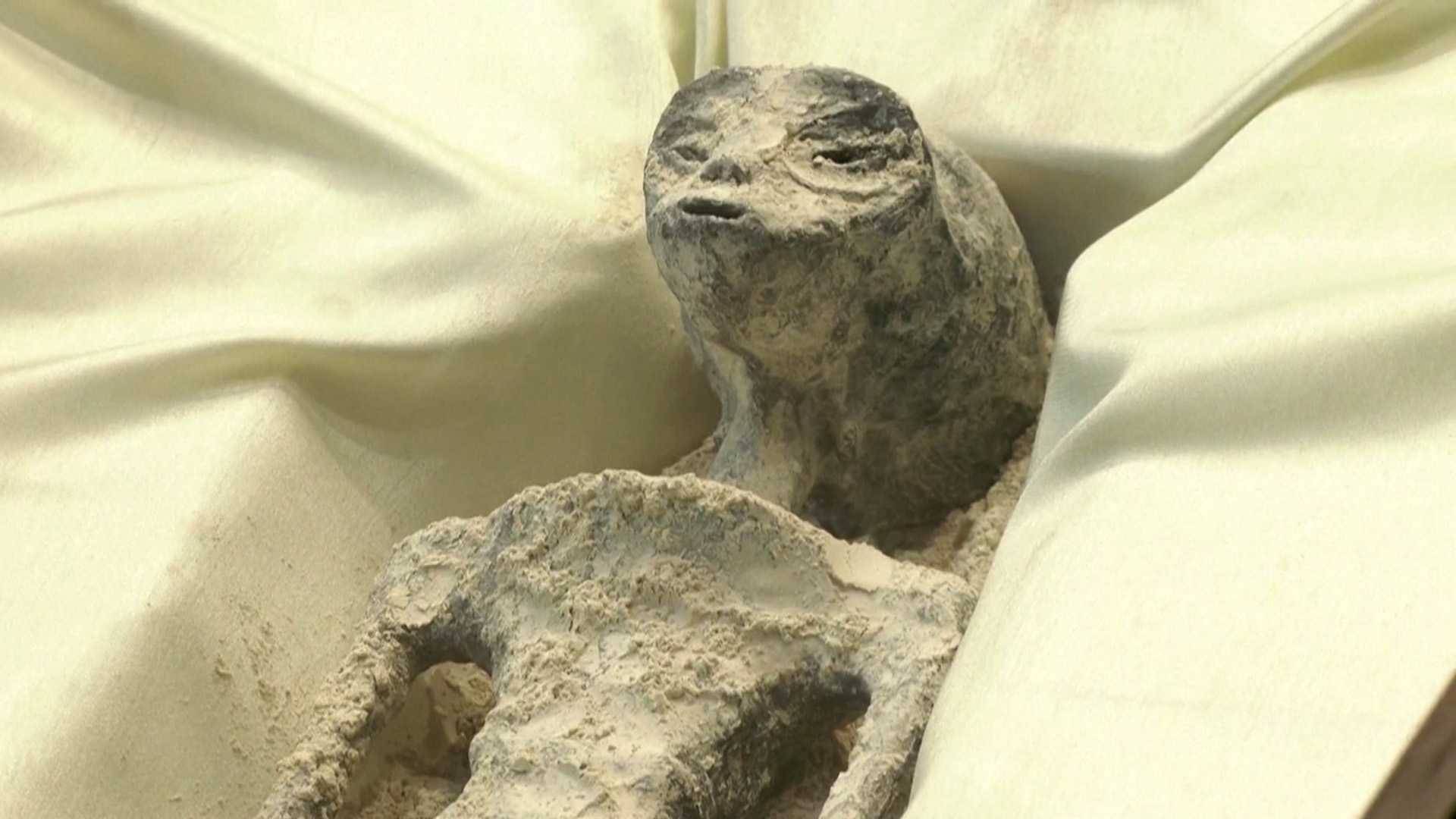
Are the Nazca Mummies real?
The authenticity of the Nazca mummies has been a contentious issue since their discovery. Some believe they are genuine, while others dismiss them as elaborate hoaxes. The debate revolves around the unusual features of the mummies, particularly their elongated skulls and three-fingered hands.
Those who believe in the authenticity of the mummies argue that the physical characteristics are too complex to be fabricated. They point to the intricate bone structure and the presence of soft tissue as evidence of their authenticity.
However, skeptics argue that the mummies are likely the result of manipulation or modification of human and animal remains. They point to the lack of credible archaeological documentation and the dubious circumstances of their discovery as reasons for doubt.
Despite the controversy, the Nazca mummies have not been definitively proven to be either genuine or fake. The debate continues, fueled by the ongoing examination and analysis of the mummies.
Ultimately, the authenticity of the Nazca mummies remains an open question. Further scientific investigation is needed to establish their true nature and origins.
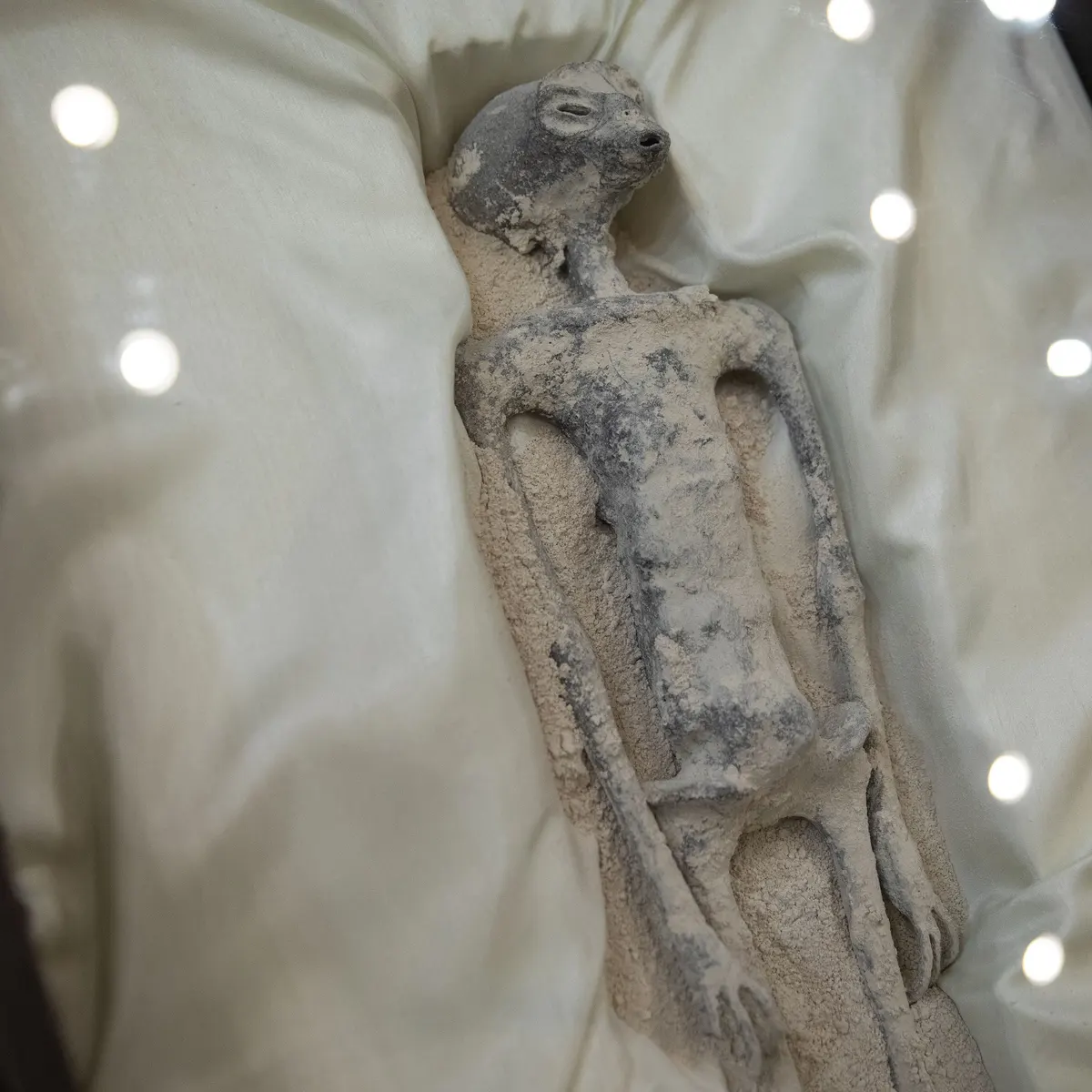
When and where were the Nazca Mummies found?
The Nazca mummies were reportedly discovered in 2015 in a remote area near the Nazca lines, a series of ancient geoglyphs located in the Nazca Desert of southern Peru. The exact location of the discovery has not been disclosed, allegedly to protect the site from looters.
The mummies were reportedly found in a tomb-like structure, suggesting that they were intentionally preserved and buried. The site is said to contain multiple mummies, varying in size and complexity.
The discovery was made by a group of local treasure hunters, who later sold the mummies to a third party. The mummies were then brought to the attention of the public through a series of documentaries and online videos.
The secrecy surrounding the discovery and the lack of archaeological oversight have raised suspicions about the authenticity of the mummies. Critics argue that the undisclosed location and the involvement of treasure hunters undermine the credibility of the find.
Despite the controversy, the discovery of the Nazca mummies has sparked interest in the Nazca culture and its burial practices. It has also reignited the debate about the protection of archaeological sites and the ethics of treasure hunting.
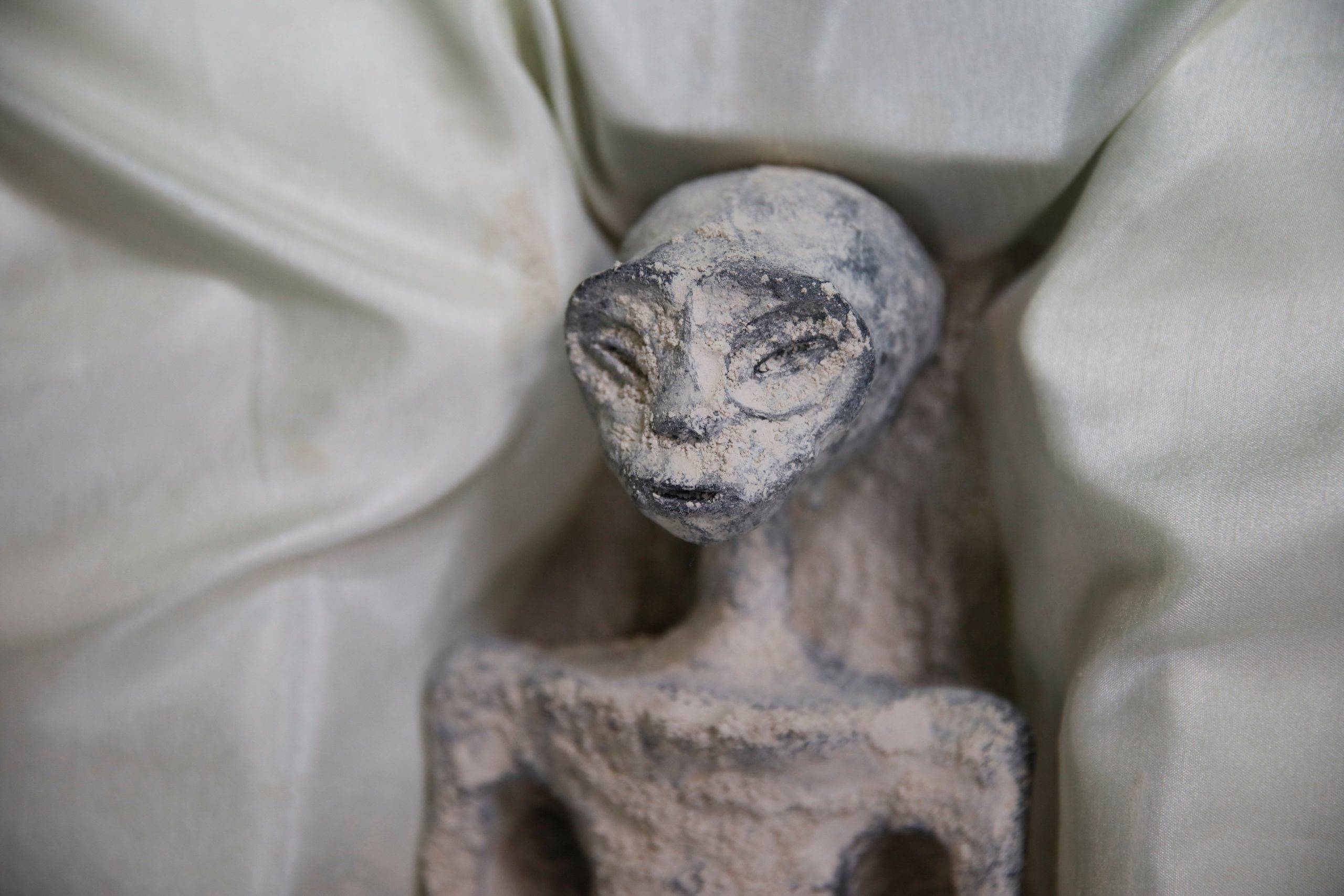
Are the Nazca Mummies Humanoid, Alien or something else?
The unusual features of the Nazca mummies have led to a range of theories about their origins. Some believe they are human, while others suggest they could be extraterrestrial or even a previously unknown species.
Those who believe the mummies are human point to the similarities in bone structure and anatomy. They suggest that the elongated skulls could be the result of cranial deformation, a practice known in various ancient cultures, including the Nazca.
However, the three-fingered hands and the unusual proportions of the bodies have led others to speculate about extraterrestrial origins. Proponents of this theory argue that the mummies could be evidence of ancient alien visitation or genetic manipulation.
Another theory suggests that the mummies could represent a previously unknown species or a genetic variation of humans. This theory, while intriguing, lacks supporting evidence and is considered highly speculative.
While these theories are fascinating, they remain speculative due to the lack of conclusive scientific evidence. Further analysis of the mummies, including DNA testing and radiocarbon dating, is needed to shed light on their true origins.
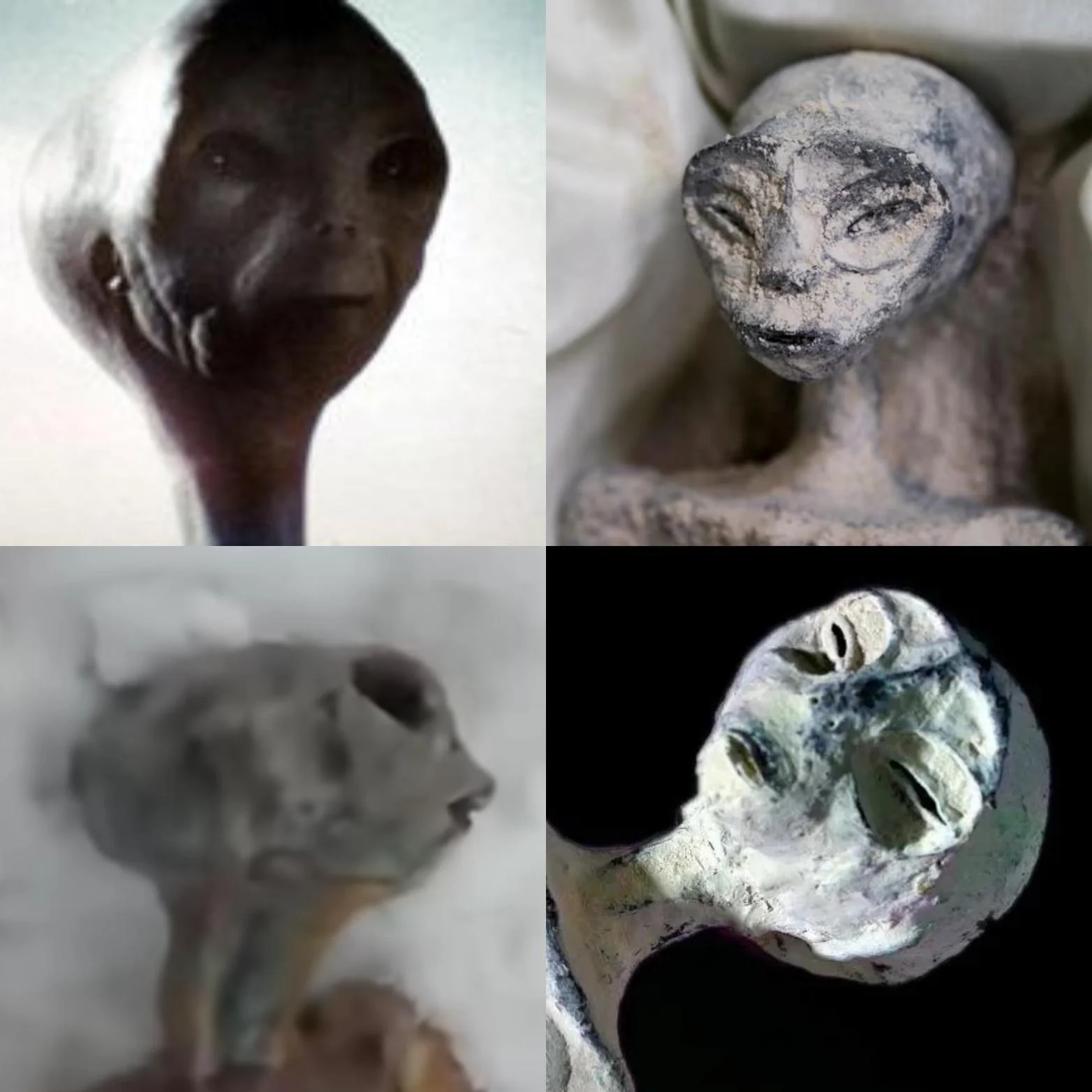
Have any tests been done on the Nazca Mummies?
Several tests have been conducted on the Nazca mummies, including X-rays, CT scans, and DNA analysis. These tests have provided valuable information, but they have also raised more questions.
X-ray and CT scans have revealed complex bone structures and the presence of internal organs, suggesting that the mummies are not simple fabrications. However, these scans have also highlighted the unusual features of the mummies, including their elongated skulls and three-fingered hands.
DNA analysis has reportedly been conducted on the mummies, with some claiming that the results indicate a non-human origin. However, these claims have been met with skepticism due to the lack of peer-reviewed publication and the involvement of non-specialist laboratories.
Other tests, including radiocarbon dating, have reportedly indicated that the mummies date back to between 245 and 410 AD. However, these results have also been questioned due to the lack of independent verification.
While these tests have provided some insights, they have not definitively answered the questions about the nature and origins of the Nazca mummies. Further scientific investigation, conducted in a transparent and rigorous manner, is needed to unravel the mystery of the Nazca mummies.
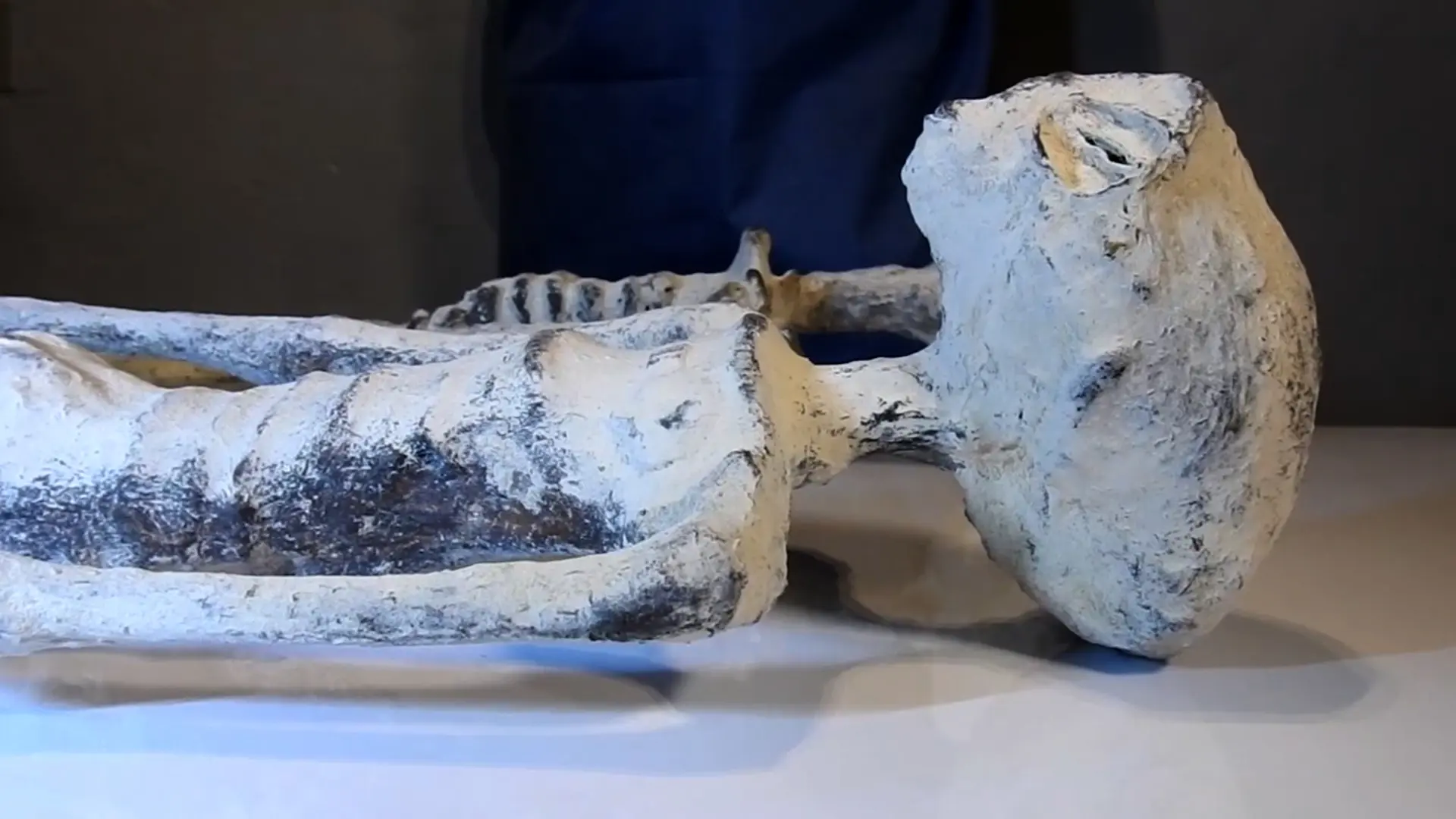
Conclusion and Sources
The Nazca mummies remain a fascinating enigma, captivating the imagination of scientists, archaeologists, and the public alike. Their unusual features and the controversy surrounding their authenticity continue to fuel debate and speculation. As we await further scientific investigation, the Nazca mummies serve as a reminder of the enduring mysteries of our past and the tantalizing possibilities of what we might yet discover.
For further reading and verification of the information provided, please refer to the following sources:
